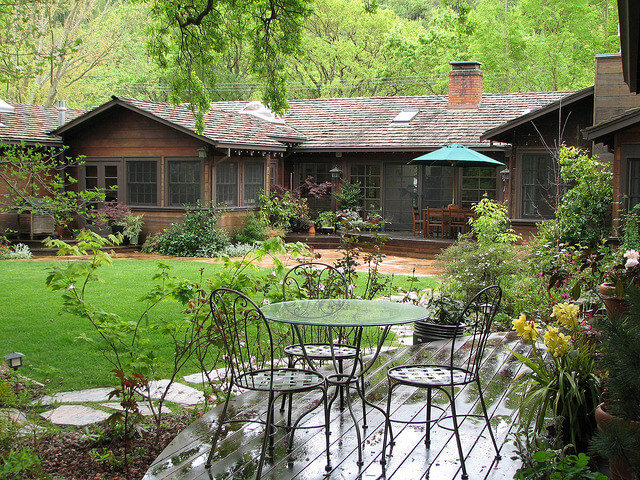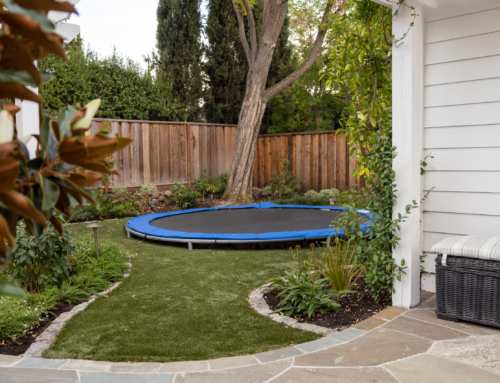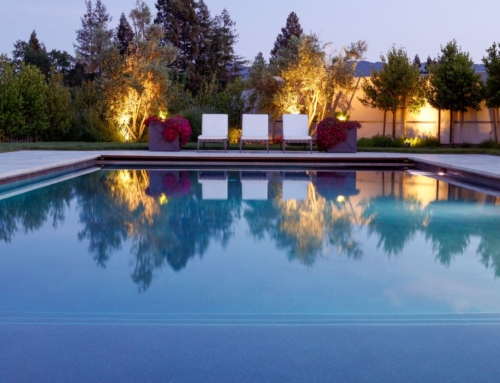Design For Outdoor Living
We use the term ‘Outdoor Living’ a lot. It’s a beautiful phrase that to us means thinking of your garden as an extension of your home. Here in the Bay Area, we are blessed with such a climate that we can be comfortably connected with nature year-round. This connection inspires advances in environmental sustainability, farm-to-table movements, and many examples of exquisite Landscape Architecture.
While there are many incredible gardens in California, some of the best landscapes we know are the simplest in design. Since residential landscaping is our forte, a well-designed yard is close to our hearts. Good design is possible at any scale and on any budget. Here are a few of our tricks for designing outdoor spaces you will want to spend all your time in!
When you are designing a yard, you have to ask yourself what you are designing for. As designers of experience, we approach outdoor spaces based on their use as well as their aesthetic qualities. Designing livable space isn’t about filling it with objects, but creating areas for human interaction to take place. This leads in to a design concept many Landscape Architects live by, the visualization of areas of a landscape as ‘Garden Rooms.’
If your landscape is an extension of your home, it only makes sense that it have ‘Rooms’ designed for different experiences – for activities, dining, gatherings and quiet contemplation. In recent years, we have begun to embrace the many ways our outdoor spaces can enhance our quality of life. When designing your yard, think about what it is that you enjoy or would enjoy doing outside. It could be morning coffee outdoors, having friends over in the evening for dinner under the stars. Maybe you’ve always wanted to grow vegetables, or sit in a garden corner with a book. Think outside the box- if you work from home, what better way to make a conference call than from your outdoor desk?
Bring the experience of café dining home with a patio table and chairs on your porch or tucked into a spot in the garden. Geometry is very important here. If your dining spot has a fence or wall, soften the vertical surface with a hanging planter or a piece of garden art in your personal style. In our studio garden, we’ve repurposed old garden tools and funky thrift store finds for this purpose. If you have a more modern look, consider a succulent wall or modular wall piece. If you’re working with an empty corner, bring in some pottery or consider planting in that spot to make the corner fade away. A sense of gentle enclosure creates the cozy vibe. For the night experience, café-style string lights and a heater or firepit can really amp up the ambiance!
Organize your space in a way that makes sense when you are moving through it. It makes sense to have dining near the kitchen, for example, the vegetable beds in the back of the yard if you would rather look at flowers from your bedroom window. Consider plantings to separate the different rooms. This is why formal gardens rely on hedges. But again, think outside the hedge! Dry-garden plantings, structural evergreens, or an arched trellis with a vine can create the illusion of entering a new room, adding depth or even mystery to your landscape.
Always design with the experience in mind. As your yard is an extension of your home, it is also an extension of you. Be bold, be creative, and love your garden!
The J.Montgomery Design Team












